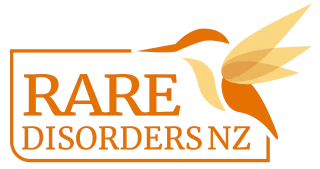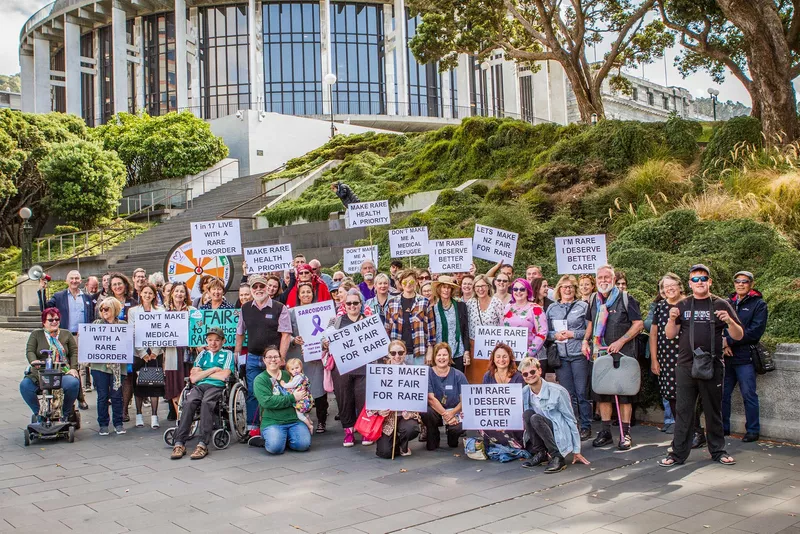Making the invisible 300,000 Kiwis count
27 Sep 2023
All New Zealanders living with a rare disorder and their carers are being called on to participate in the country’s largest survey on living with a rare disorder in New Zealand.
The Voice of Rare Disorders Survey is a biennial survey initiated by Rare Disorders New Zealand to collect much-needed data on the needs and challenges of this sizeable population group.
There are estimated to be around 300,000 people living with a rare disorder in New Zealand, but as the classification system for diseases that New Zealand uses does not include most rare disorders, the exact number is not known.
“People living with a rare disorder in Aotearoa and their needs are essentially invisible to policy makers, and as a result are not being factored into decisions around resource allocation and funding in the health and social systems, despite often being high-cost and high-needs patients,” says Chris Higgins, Chief Executive of Rare Disorders NZ.
“Rare disorders can be complex, debilitating and life threatening, and often require a broad range of services. We know the current health and social systems are not delivering for those affected by rare disorders, so the data from our surveys is vital to help us understand the real impact of living, or caring for someone, with a rare disorder,” says Higgins.
Rare Disorders NZ is hoping for the highest response rate yet for this year’s survey and is also hoping for a higher response rate from Māori living with a rare disorder.
“We'd like responses to represent a cross section of New Zealanders with a rare disorder, as the data we collect will be used in our advocacy work to inform the Minister of Health, health officials, Pharmac, MPs and the public about what it is like to live with a rare disorder in New Zealand. The higher the response rate, the stronger the picture we will be able to build of the current situation to help us call for meaningful change for the community. We really encourage anyone impacted by a rare disorder to complete the survey,” says Higgins.
None


